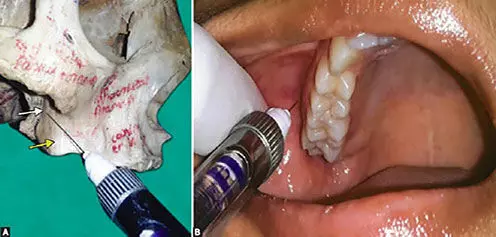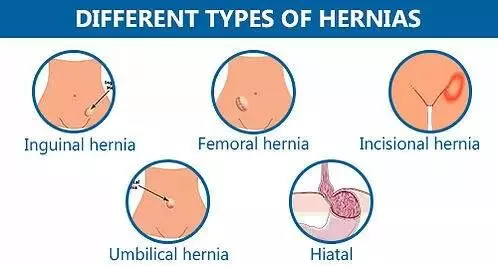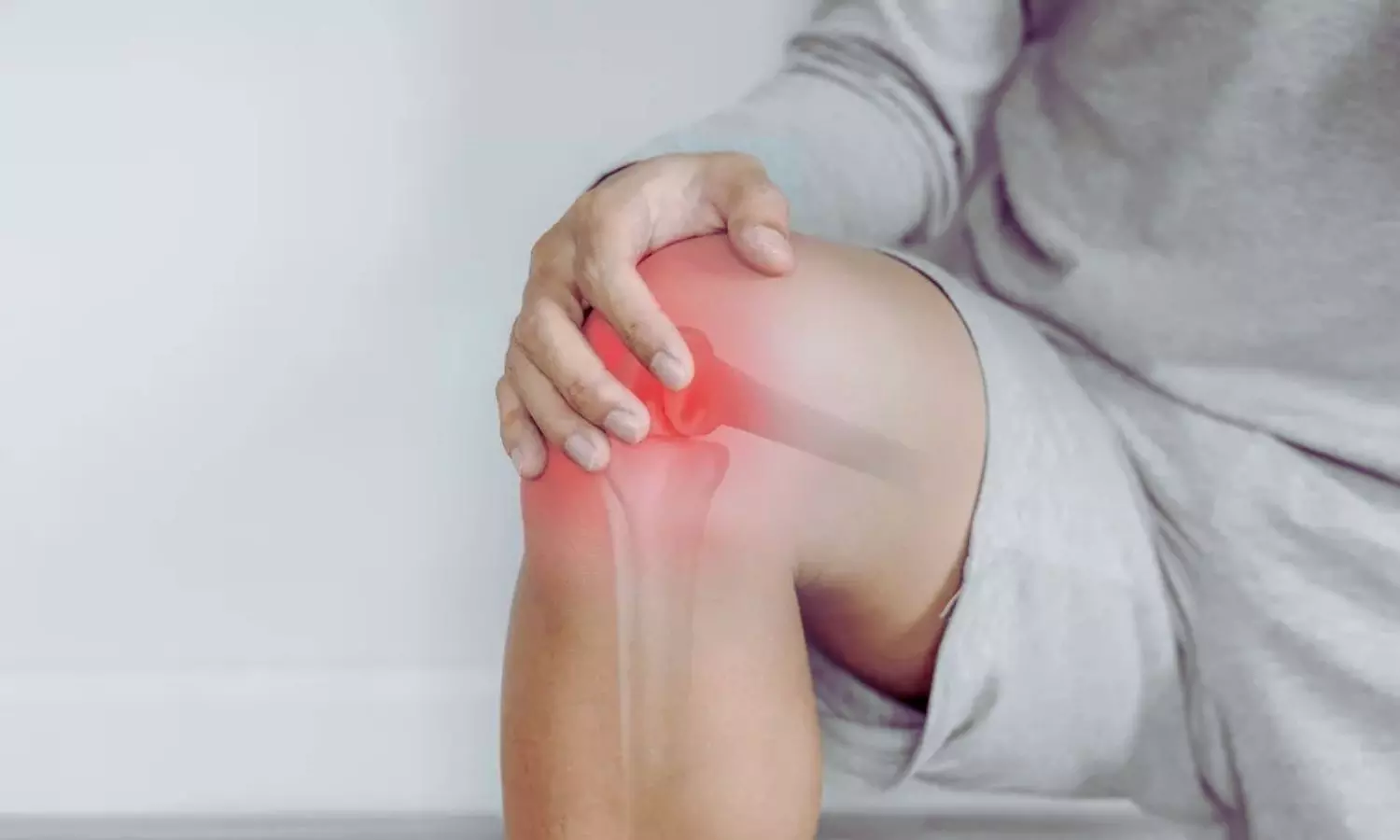Long-Term Use of Inhaled Corticosteroids Linked to Increased diabetes, Health Risks in COPD Patients: Study

According to a study published in the Annals of Family Medicinereports that using inhaled corticosteroids for more than 24 months significantly increases the risks of diabetes, pneumonia, osteoporosis, cataracts, and fractures in adults with chronic obstructive pulmonary disease (COPD), compared to those who use them for shorter periods. Researchers also observed that these medications are frequently prescribed beyond the recommended guidelines for COPD management.
They aimed to assess long-term inhaled corticosteroid (ICS) risks in chronic obstructive pulmonary disease (COPD) management. They extracted electronic health record data for individuals aged >45 years with COPD from a data repository. The prevalent cohort required a diagnosis of COPD any time during the observation period, and the inception cohort required a diagnosis of COPD made after entry into the database. A composite outcome of any new diagnosis of type 2 diabetes, cataracts, pneumonia, osteoporosis, or nontraumatic fracture; and recurrent event outcomes of repeated pneumonia or nontraumatic fracture were compared for long-term (>24 months) vs short-term (<4 months) ICS exposure. They assessed outcomes for 318,385 and 209,062 individuals in the prevalent and inception cohorts, respectively. The composite dichotomous outcome was significantly greater for long-term vs short-term ICS use for the prevalent (hazard ratio [HR] = 2.65; 95% CI, 2.62-2.68; P <.001) and inception (HR = 2.60; 95% CI, 2.56-2.64; P <.001) cohorts. For the inception cohort, the absolute risk difference of the composite outcome was 20.26% (29.41% minus 9.15%), with a number needed to harm of 5. Hazard ratios were significantly increased in the prevalent and inception cohorts for recurrent pneumonia (HR = 2.88; 95% CI, 2.62-3.16; P <.001 and HR = 2.85; 95% CI, 2.53-3.22; P <.001, respectively) and recurrent fracture (HR = 1.77; 95% CI, 1.42-2.21; P <.001 and HR = 1.57; 95% CI, 1.20-2.06; P <.001). Long-term ICS use for COPD is associated with significantly greater rates of the composite outcome of type 2 diabetes, cataracts, pneumonia, osteoporosis, and nontraumatic fracture; recurrent pneumonia; and recurrent fracture.
Reference:
Adverse Outcomes Associated With Inhaled Corticosteroid Use in Individuals With Chronic Obstructive Pulmonary Disease
Wilson D. Pace, Elisabeth Callen, Gabriela Gaona-Villarreal, Asif Shaikh, Barbara P. Yawn
The Annals of Family Medicine Mar 2025, 23 (2) 127-135; DOI: 10.1370/afm.240030
Keywords:
Long-Term, Use, Inhaled, Corticosteroids, Linked, Increased, diabetes, Health, Risks, COPD Patient, Study, Wilson D. Pace, Elisabeth Callen, Gabriela Gaona-Villarreal, Asif Shaikh, Barbara
Powered by WPeMatico








